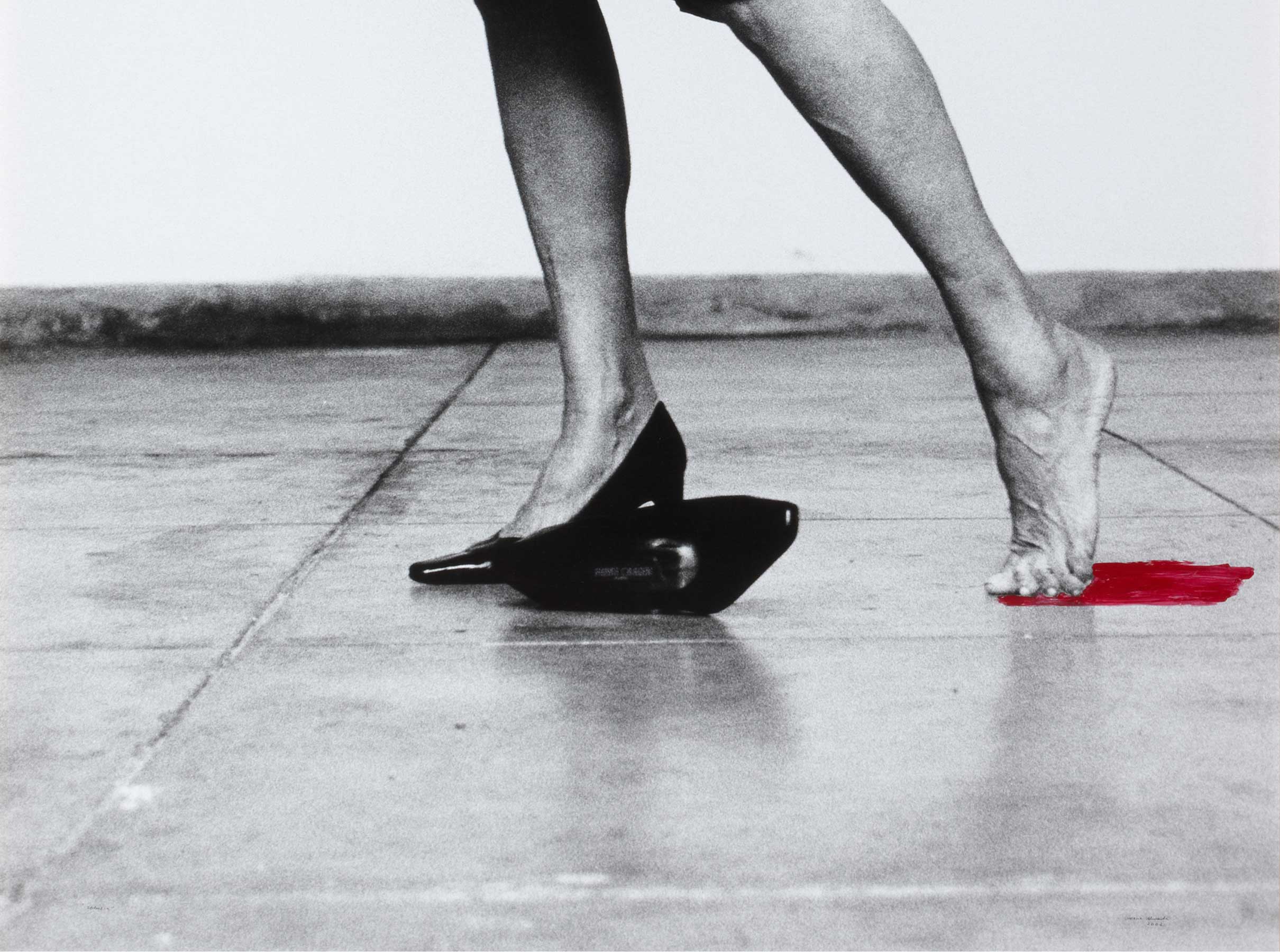Reloj de sobremesa [Mantel clock]
- c. 1830
- Bronze, metal, enamel. Chiselled, blued, gilded, cast, enamelled
- 33,5 x 40 x 13 cm
- Cat. R_40
- Observations: Made in France. The movement is signed on the rear plate: engraved 'HOUSSE / A / BOULOGNE' and the number '2396'. Number '1751' and several letters 'D' engraved on the back.
A female figure in nineteenth-century apparel is leaning on a tree trunk, petting a ram with her right hand while holding a flute in her left. She sits atop a gilded bronze pedestal (housing the dial and movement) with ornaments of garlands, volutes, mirrors, pearl, cards, ribbons, etc. The back is engraved with the number 1751 and several Ds, which may be the initial of the bronze artist.
The dial is in white imitation-porcelain enamel with the hours in black-painted Roman numerals, Blued metal Breguet-type hands. Two winding holes. Beaded frame.
The clock has a two-train French round-plated pendule de Paris movement with an eight-day spring-driven going train. It has an anchor escapement. The striking train sounds the hours and half-hours, using a countwheel system.
The combination of gilded bronze and blued bronze is typical of this style.
The dial is not signed, but it may not be the original. It may also be a blanc-roulant, although it is strange that the clockmaker signed the back plate and not the dial.
Other works by Housse of Boulogne

![Reloj de sobremesa [Mantel clock]](/f/webca/INF/assets/img/fff.png)